Trump Has Lied And Twisted Facts To Justify His Harsh Immigration Policies
The national outrage against the Trump administration’s separation and detention of migrant families at the southern U.S. border has not let up in recent weeks.
President Donald Trump’s zero tolerance policy ― which refers all unauthorized migrants crossing the border for criminal prosecution ― has led to officials separating more than 2,000 children from their parents. In an executive order last week, he halted family separations at the border, opting instead for locking up immigrant parents and kids together indefinitely.
In trying to justify the harsh immigration crackdown, Trump and top members of his administration have repeatedly lied or made unsupported claims about undocumented immigrants, U.S. immigration policy and what is happening at the border.
Here’s a fact-check on some of the misleading statements and outright lies that Trump and his officials have spread about immigration and the zero tolerance policy.
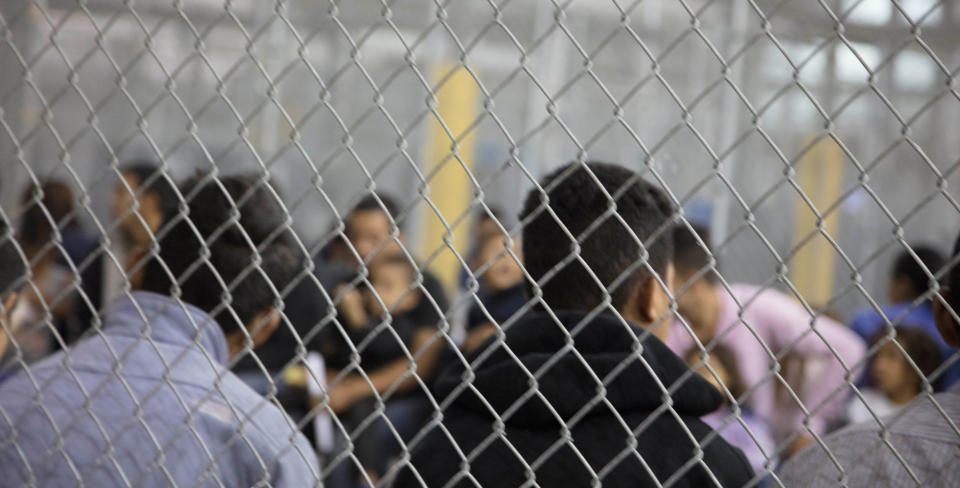
1. Trump has repeatedly exaggerated the scale of the “crisis” of unauthorized immigration on the border.
At a Cabinet meeting, Trump said his administration was “acting swiftly to address the illegal immigration crisis on the southern border.” The president has also repeatedly used fearmongering language in tweets about immigrants, saying they would “invade” or “pour into and infest” the U.S.
White House legislative affairs director Marc Short has also defended Trump’s zero tolerance policy, saying in an interview on CNN: “We have a crisis at the border. We have a difficult choice.”
FACTS: According to a Customs and Border Protection report, the rates of unauthorized crossings at the U.S. border in 2017 were “at the lowest level… on record.”
When looking at the government’s statistics for the first half of 2018, the rate of unauthorized entries, while higher than last year’s, are consistent with rates over the past five years: The Border Patrol apprehended 51,900 people at the southwest border in May 2018, compared with 19,900 in the same month of 2017 and 55,400 in May 2016.
The Border Patrol’s own data show that it’s not really catching an usually large number of people along the Southwest border as compared to the recent past—& fewer than 2 of the last 5 years https://t.co/cCK4IJujEs pic.twitter.com/tBO5t2bcTf
— César (@crimmigration) June 25, 2018
2. Trump repeatedly associated undocumented immigrants with high crime.
Last week, Trump tweeted that Democratic lawmakers should “start thinking about the people devastated by Crime coming from illegal immigration.” Days later he tweeted again that they “don’t care about Crime coming from Border.”
“I always hear that, ‘Oh, no, the population is safer than the people who live in the country,’” Trump said at an event he held, with parents whose children were killed by undocumented immigrants. “I say, is that possible? The answer is, it’s not true.”
FACTS: There is no evidence to support claims that immigrants commit more crime than U.S. citizens. In fact, according to multiple studies, immigrants — both documented and undocumented — are less likely to commit crimes than U.S. citizens.
In a study published in March in the Criminology journal, researchers looking at crime statistics from 1990 to 2014 found that “increases in the undocumented immigrant population within states are associated with significant decreases in the prevalence of violence.”
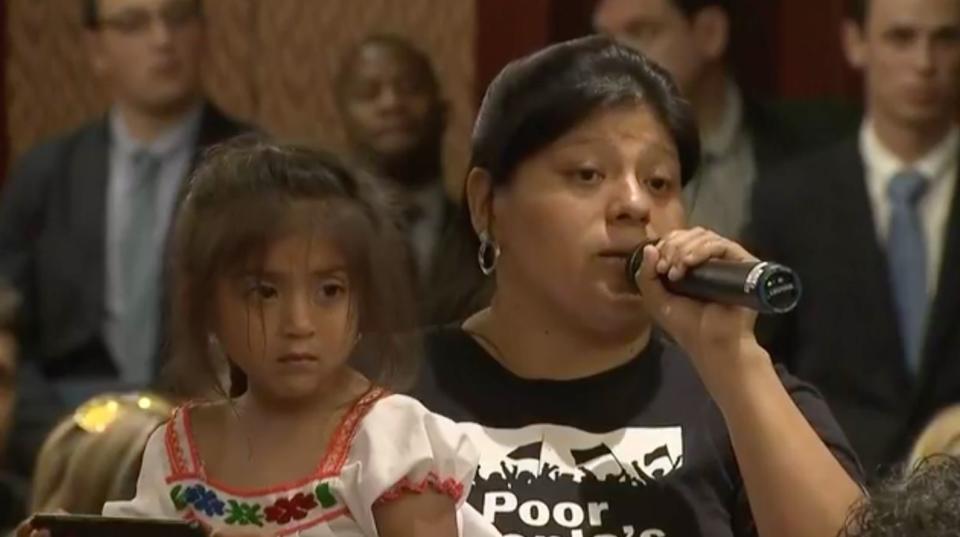
3. Trump lied about 63,000 people being killed by undocumented immigrants since 9/11.
At an event Trump held last week, the president claimed that 63,000 Americans have been killed by undocumented immigrants since the Sept. 11, 2001, terrorist attacks.
FACTS: That is an inaccurate figure that originally appeared in a 2006 blog post by Rep. Steve King (R-Iowa), reported The Washington Post. King is an immigration hard-liner who recently promoted a neo-Nazi on Twitter. The White House did not respond to HuffPost’s requests for comment last week on Trump’s source for the figure.
4. Trump has falsely associated MS-13 with undocumented immigrants.
In recent years, Trump has repeatedly pointed to MS-13 ― a gang started in Los Angeles that spread to other U.S. cities and Central America ― as a reason for stronger immigration enforcement. He has claimed that the gang has “literally taken over towns and cities.”
Just last week, amid a fierce public outcry against his zero tolerance immigration policy, Trump tweeted that Democrats “don’t care about crime and want illegal immigrants, no matter how bad they may be, to pour into and infest our Country, like MS-13.”
FACTS: The gang is certainly violent and poses a significant security problem in El Salvador and other Central American countries ― but in the U.S., it’s not much of a threat nationwide at all and is present only in small pockets, such as on Long Island and in Los Angeles.
The Department of Justice estimates there were 10,000 MS-13 members in the U.S. as of December ― that’s about 1 percent of the total number of active gang members nationwide.
According to U.S. Border Patrol, in 2017 officers apprehended more than 300,000 unauthorized immigrants at the border. Of those, only 228 were alleged to be MS-13 gang members.
What’s more, experts say most MS-13 recruits in the U.S. are not migrants but teens who already live in the United States, reported The New York Times.
Love HuffPost? Become a founding member of HuffPost Plus today.
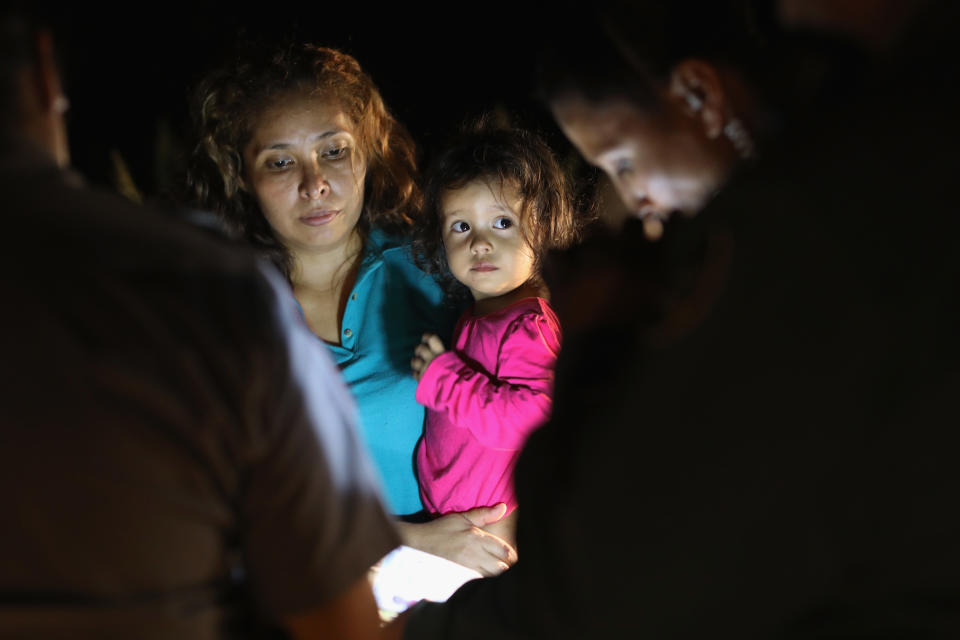
5. Homeland Security Secretary Kirstjen Nielsen perpetuated a false narrative that MS-13 was using kids to pose as families at the border.
At a White House press briefing last week, Nielsen suggested that MS-13 gang members were crossing the border and falsely claiming to be the parents of migrant children.
“The kids are being used [as] pawns by the smugglers and the traffickers,” she said. “Those are traffickers, those are smugglers and that is MS-13, those are criminals, those are abusers.”
FACTS: There were 31,102 “family units” apprehended at the border in the first five months of fiscal year 2018, The Washington Post reported. In that time, there were 191 cases of “individuals using minors to pose as fake family units,” according to DHS. That’s less than 1 percent. And it’s not clear how many, if any, of the cases involved traffickers or gang members.
6. Trump falsely blamed Democrats for family separations.
Trump has repeatedly blamed Congress, specifically Democrats, for his own zero tolerance policy and its separations of migrant families at the border.
Trump tweeted amid public outrage against his border crackdown last week: “Why don’t the Democrats give us the votes to fix the world’s worst immigration laws?” and “It is the Democrats fault for being weak and ineffective with Boarder [sic] Security and Crime.”
In an interview with Fox News on Friday, acting Immigration and Customs Enforcement Director Thomas Homan again perpetuated the president’s lie, saying, “If the American public wants to know who to blame for family separations, the first people they need to blame is Congress.”
FACTS: The zero tolerance policy that led to the separations of parents from kids was the Trump administration’s own policy, announced by Attorney General Jeff Sessions in May.
The president has always had the power to end the family separations ― as shown through his executive order last week doing just that (albeit replacing it with indefinite family detentions).
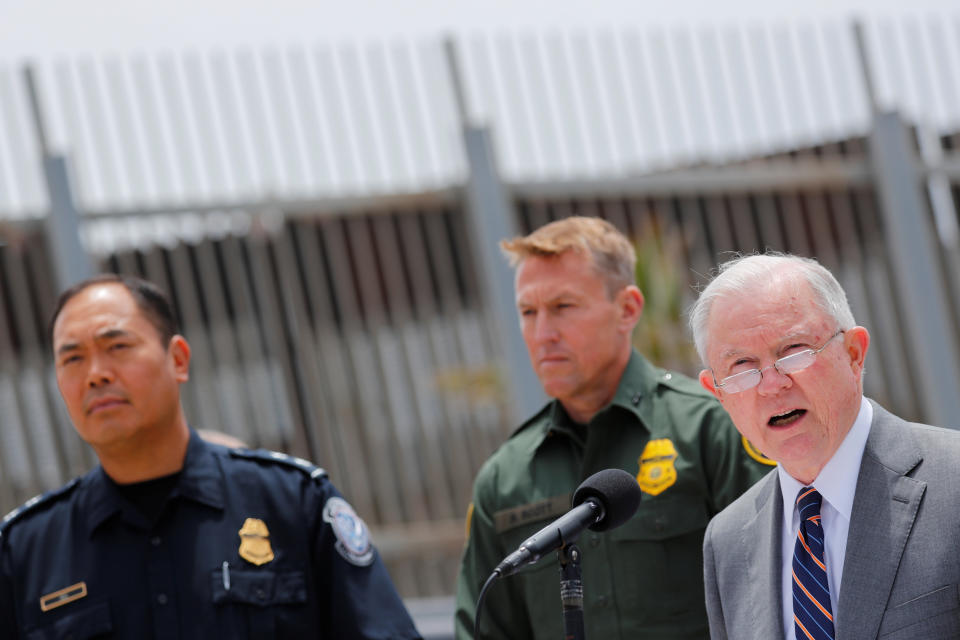
7. Some Trump officials said the zero tolerance policy was not meant as a deterrent. Others said it was.
DHS Secretary Nielsen was asked at a White House press briefing last week whether the administration’s tough immigration policies leading to family separations were meant to send a message of deterrence to migrants considering trying to cross the border illegally. Nielsen reportedly said she found such a suggestion “offensive.”
That’s likely because changing immigration detention policy to deter migrants may make it illegal.
FACTS: White House chief of staff John Kelly said in May that family separations would serve as “a tough deterrent” to immigrants trying to cross the border illegally.
Last week, Steve Wagner, a top official at the Department of Health and Human Services, said that the family separation policy would have “a deterrence effect.”
Fox News host Laura Ingraham also asked Sessions in an interview last week, “Are you considering this a deterrent?” Sessions said: “Yes. Hopefully people will get the message and come through the border at the port of entry and not break across the border unlawfully.”
Regardless of its intent, the policy likely won’t halt the flow of migrants to the U.S. Experts on Central America, journalists in the region and migrants themselves have all said no amount of reports of tough policies at the border, including family separations, were likely to stop people trying to cross into the U.S., as many are fleeing even tougher conditions of poverty or violence in their home countries of El Salvador, Honduras and Guatemala.
Also on HuffPost
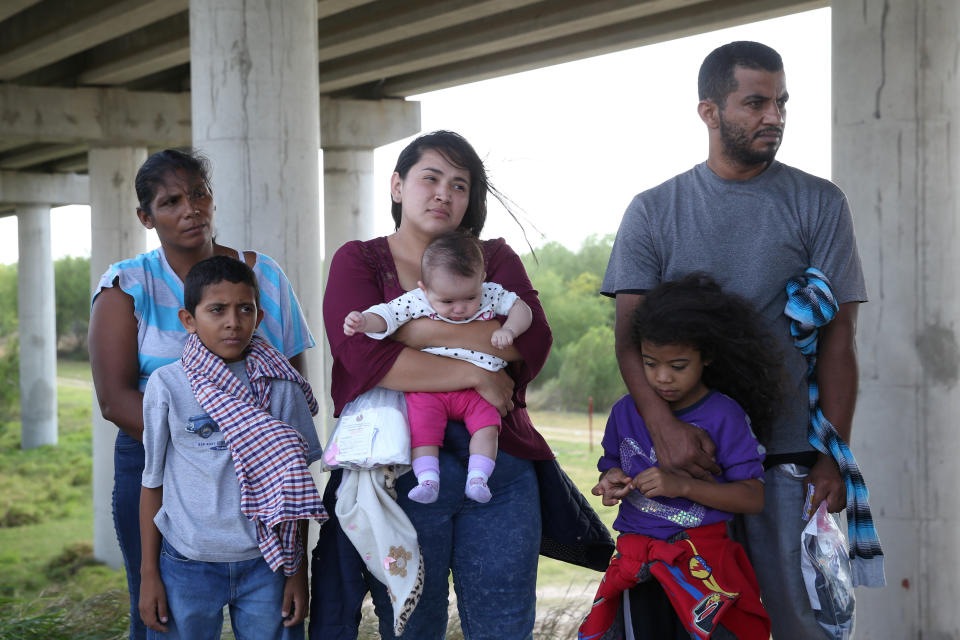

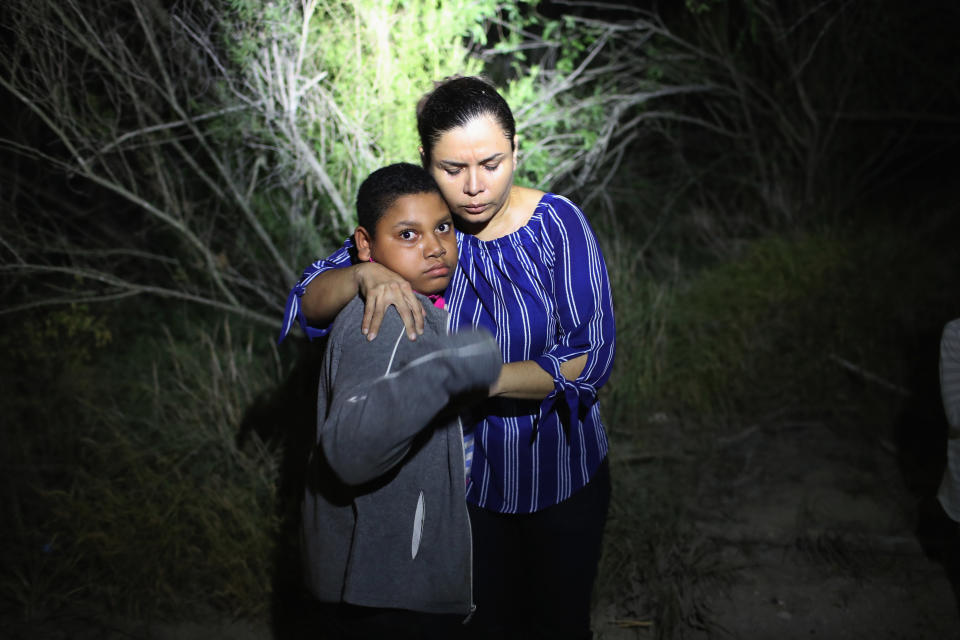
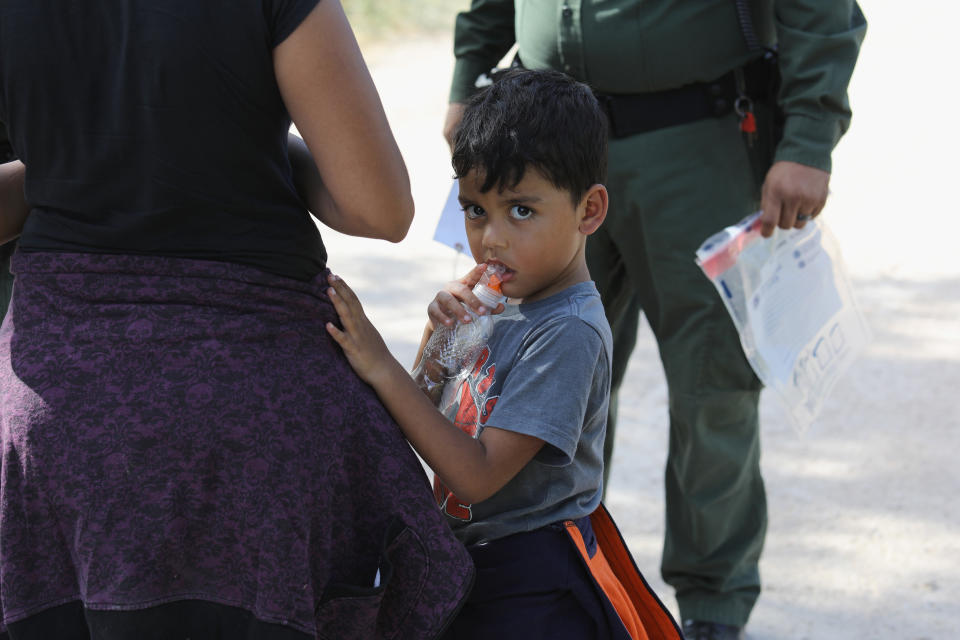
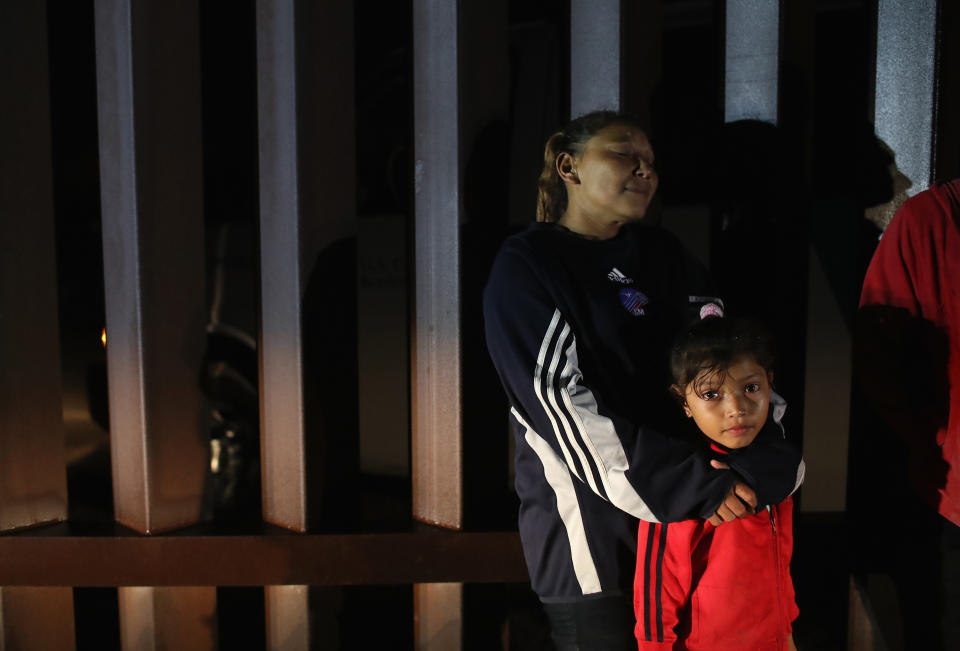
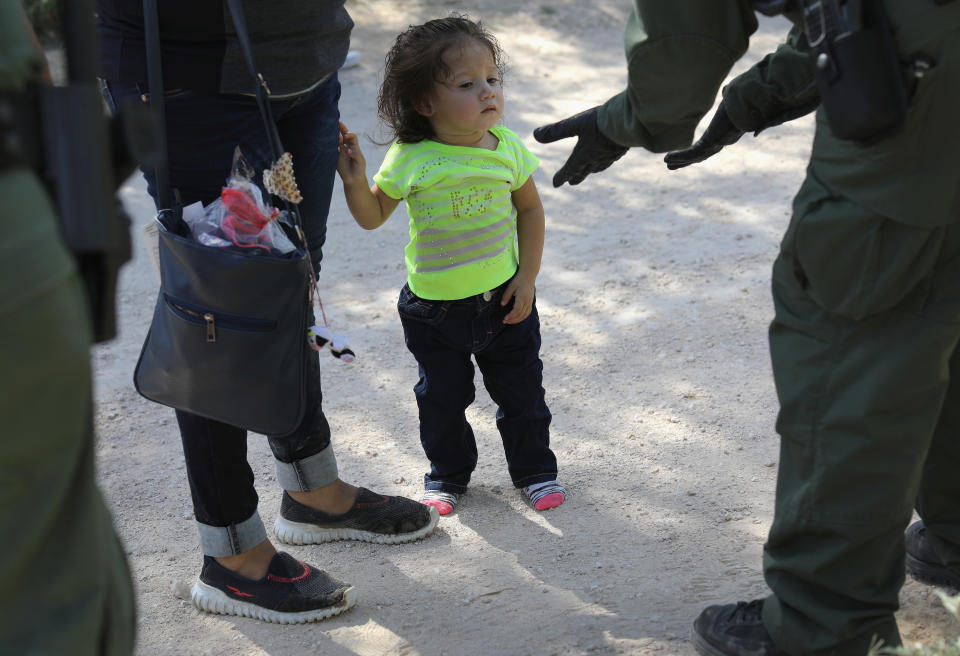

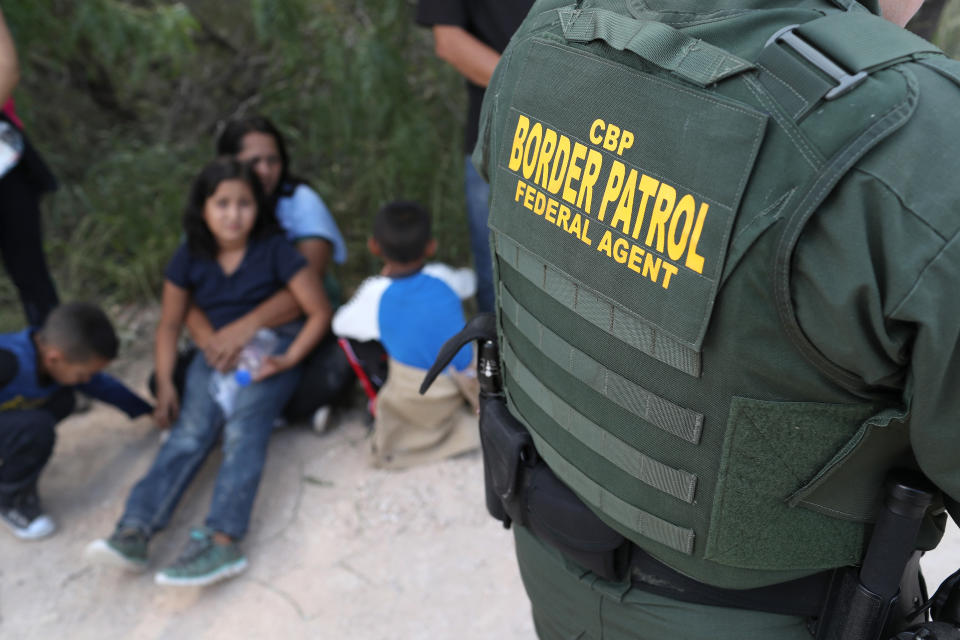
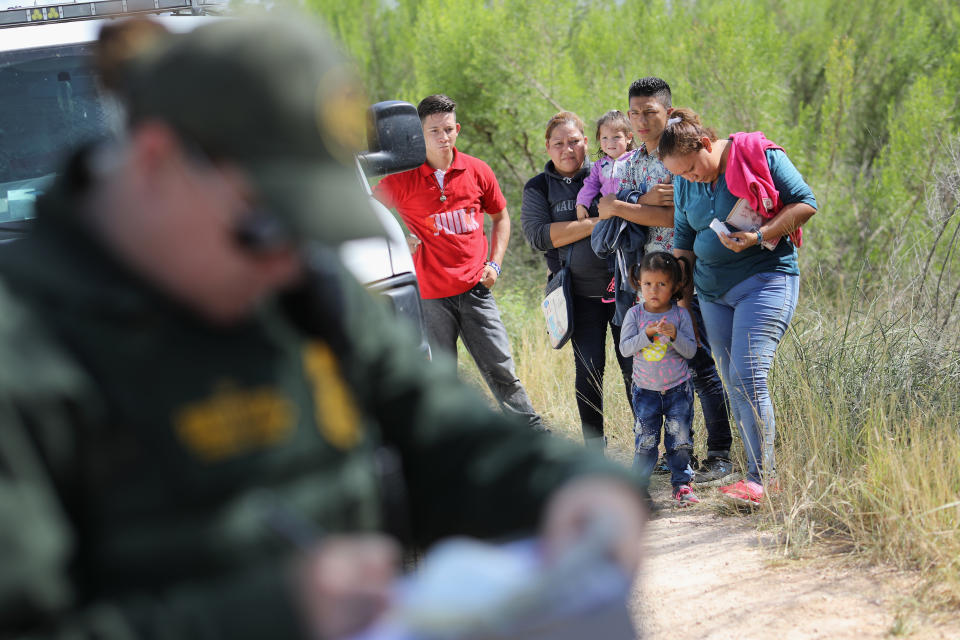
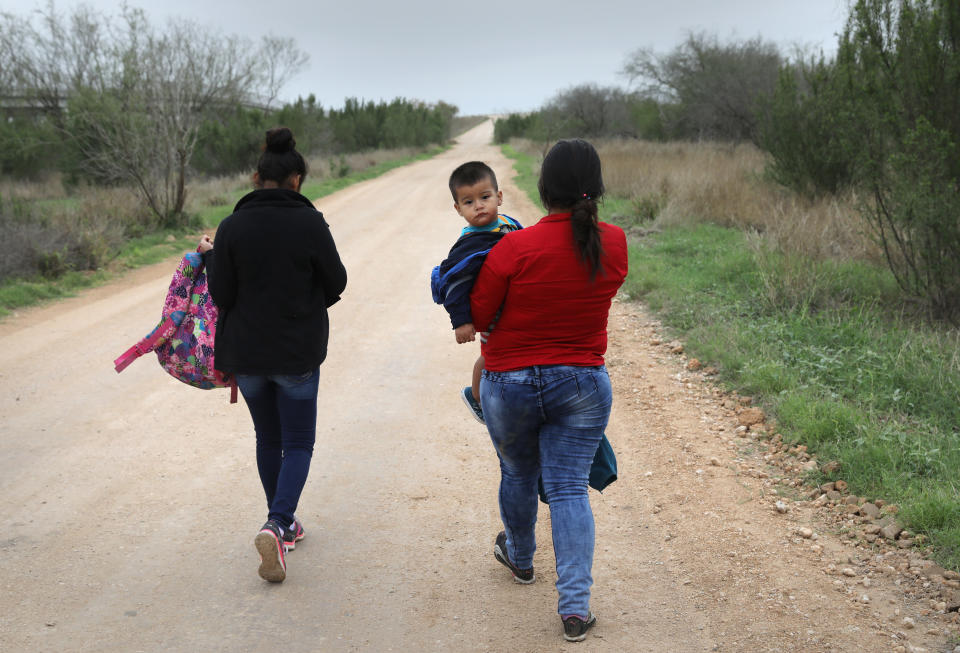
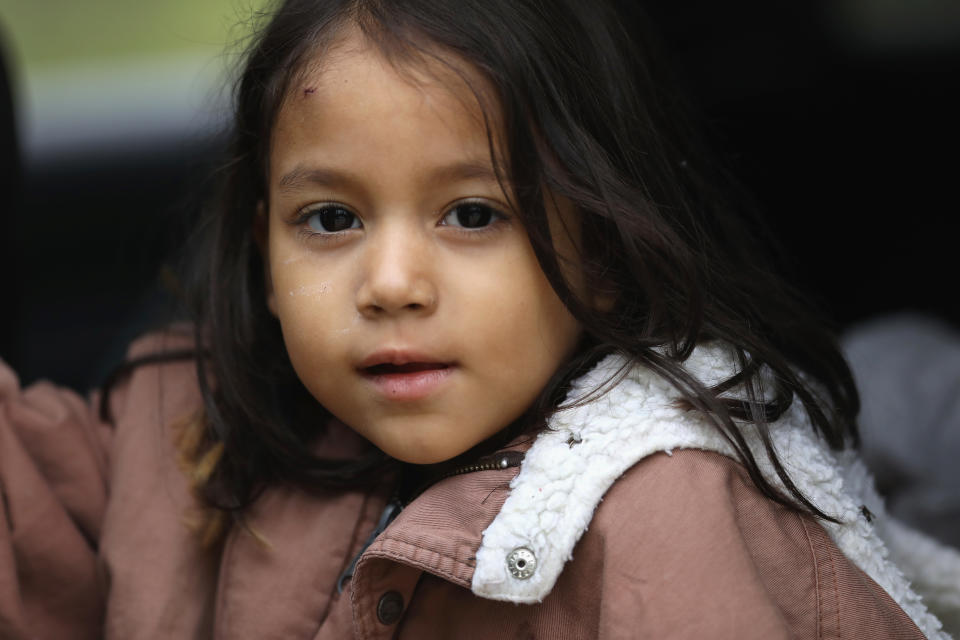
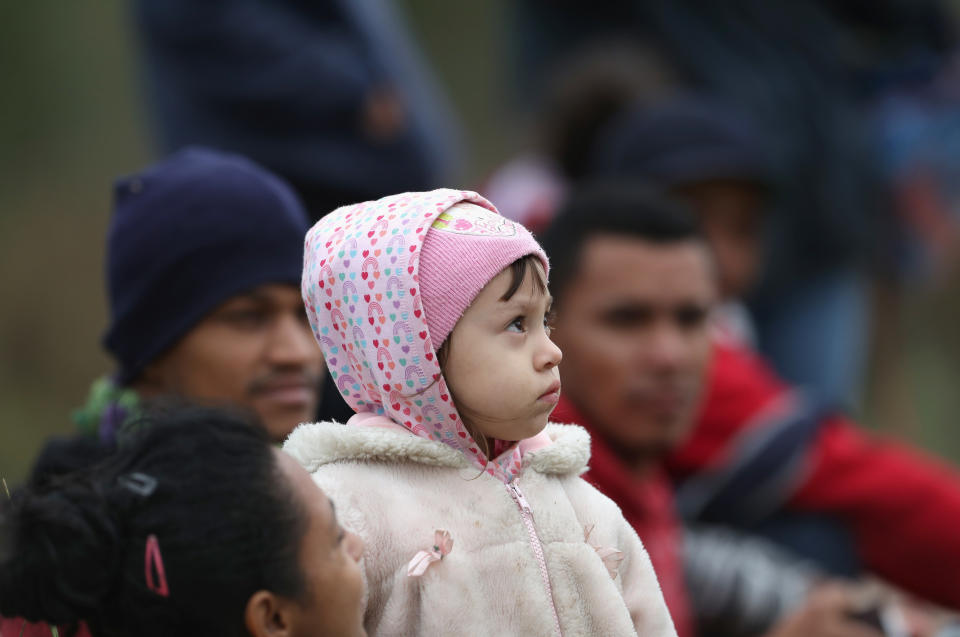
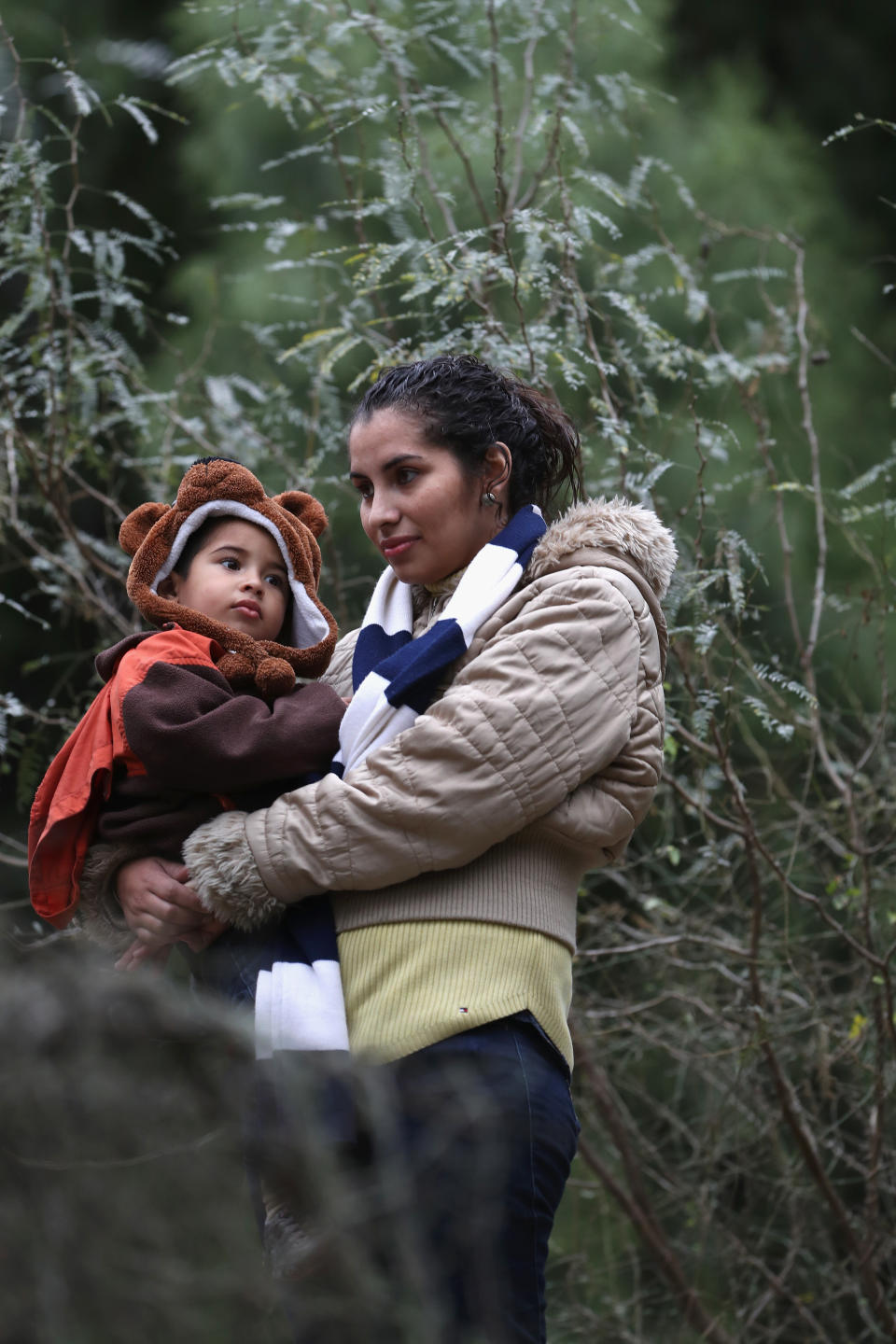
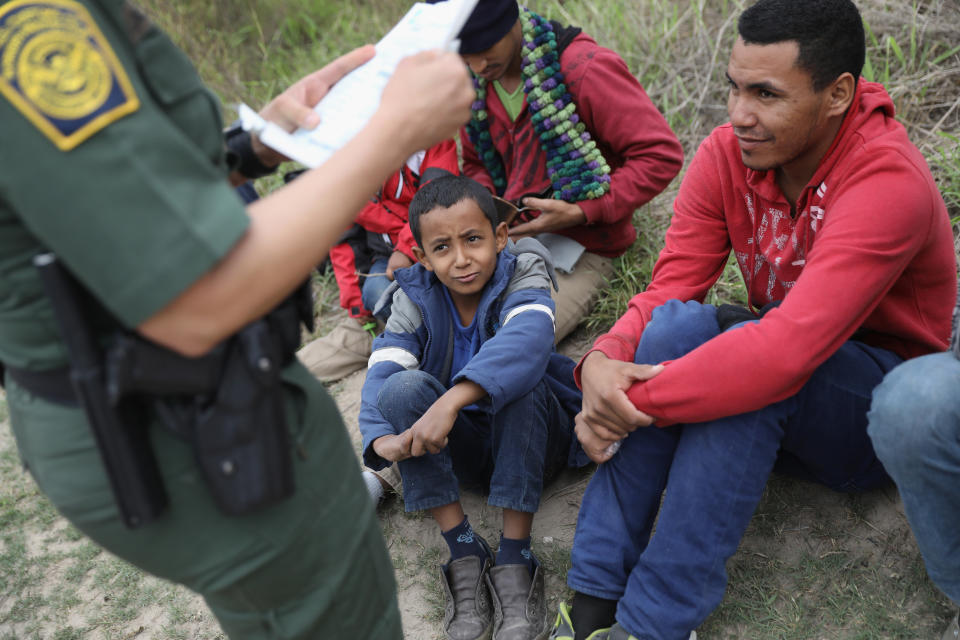
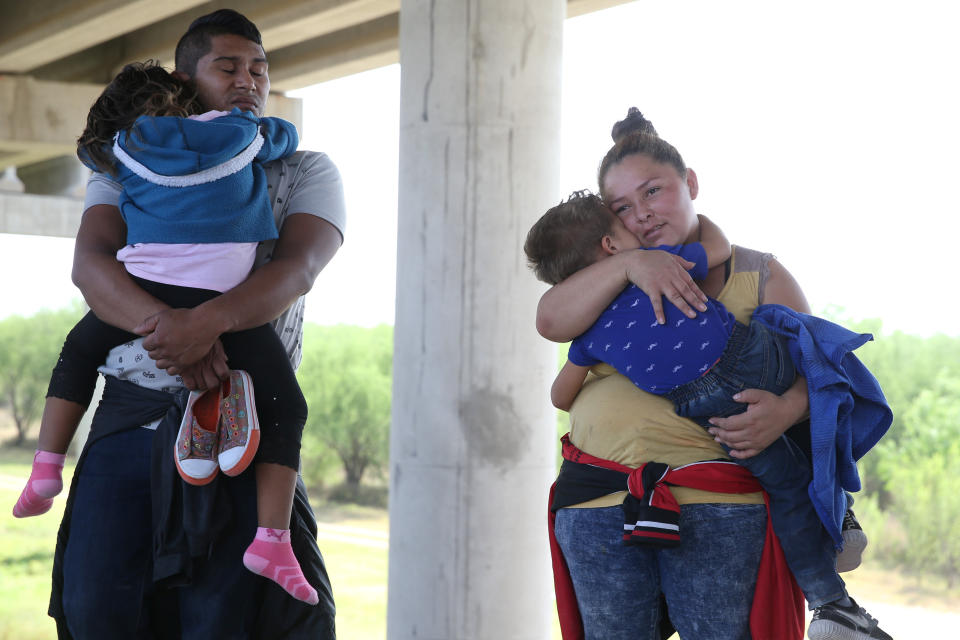
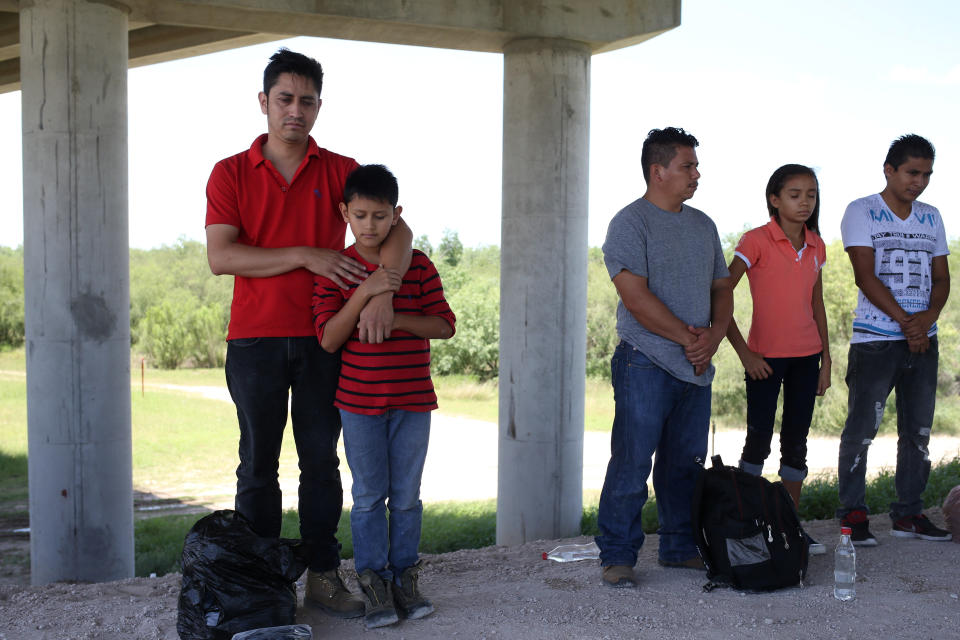

This article originally appeared on HuffPost.

